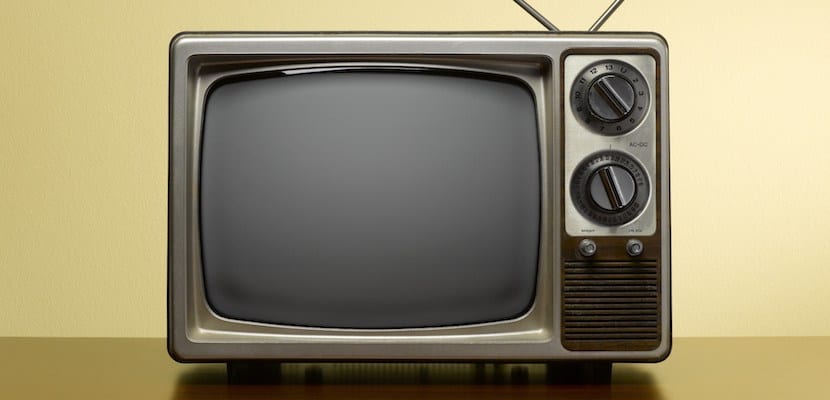
When I was little, and I swear and perjure that I am not that old, in my house there was a black and white television, without buttons, with a wheel that allowed you to tune with little precision "the first chain" and "the second chain »Of Spanish Television. There were no private television channels, neither by air nor by cable, nor Movistar, nor Netflix or anything like it, not even miles away. So not only were the televisions as simple as it should be for the time, but the variety was also very limited and, honestly, it didn't matter what TV you had, For what they were showing on TV!
But the years have passed, technologies have evolved and now, to be successful when buying a television, you almost have to study a master, with practices included. LCD or OLED screen? Curved or flat screen? HD, 4K? With or without an internet connection? Smart TV? And what about the connectors? What connectors should it have and what type? Anyway, a real mess that today we are going to try to put order with these tips for buying a good TV.
LED or OLED? Here is the question
To choose which television to buy, we are going to start by discerning the type of panel that our new television will have, LED or OLED. Colloquially, we can say that OLED technology is something like a “supervitamined LED.” The biggest difference between one and the other is found in the fact that OLED panels do not use backlighting systems Instead, they are able to turn each pixel on and off individually, which translates into a better contrast, greater color gamut, purer, more intense and realistic blacks, greater shadow detail….

On the other hand, TVs with OLED panels are thinner and lighter however, they have some significant drawbacks:
- OLED TVs they're more expensive than LED televisions, the cheapest price being between 1500 and 1700 euros, except for a supply, of course.
- There are no models smaller than 55 inches Therefore, if you need or want a smaller TV, you will not be able to choose this technology.
- Yet suffer from image "retentions" or "burnouts" when a still image is exposed for too long, so they are not at all good candidates if you are also going to use it to connect your computer.
Size and resolution
When buying a new TV, image quality and screen size are essential, both combined with each other, and with respect to the place where our television is going to be placed and the distance at which we are going to be watching TV. But let's go in parts.
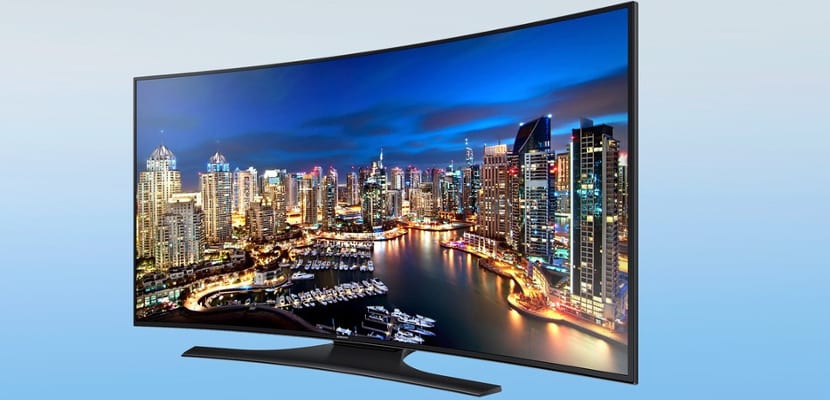
Most of us are tempted to buy the largest television out there, as long as it fits in the living room or bedroom, and with the highest resolution possible. Nevertheless, resolution, size and viewing distance, must be consistent. In this regard we can find dozens of opinions, some more grounded than others, but we are going to take the indications provided by the Society of Motion Picture and Television EngineersWhat do I say that something will know about this:
- For televisions with resolution Full HD (1920 × 1080 pixels), the viewing distance should be between two and five times the width of the set.
- For televisions with resolution UHD (3.840 × 2.160 pixels) or 4K, the viewing distance is half, that is, between the equivalent of the TV's own width and 2,5 times that measurement.
Therefore, we must consider the space in which we are going to install our new television, in order to get it right and that it is at the optimal distance according to its resolution.
In addition, it is also advisable to take into account the vision angle But, to be honest, who always watches TV in the same position and in the same place? Sometimes I am lying on the sofa, on one side or the other, or in the armchair, which is at one end of the sofa, and I don't even tell you how many times I am stunned sitting in the chair. So let's draw a thick veil about it and don't overcomplicate ourselves.
Local
When buying our new television, it is essential that we take a closer look el type of connections you have and their number, is not going to be that later we want to connect a DVD player and we are left with the desire.
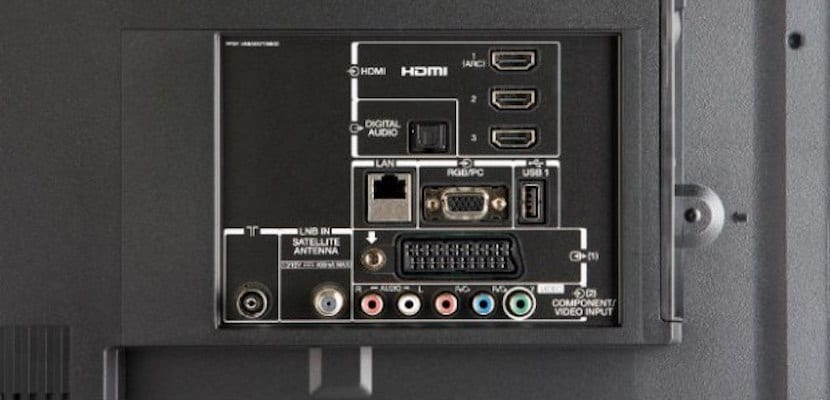
First, go over the devices you have around the house that you want to connect to your new TV. Seriously, do it, because we always forget one.
Let's start with the HDMI ports, essential for connecting devices such as a computer, an Apple TV, a Chromecast and others, but also for a Blu-Ray player, for example. With version 1.4 we are already overflowing however, if you prefer to be prepared for the future, check if it has a connector compatible with HDMI 2.0a and also in the anticipated protection standard HDCP 2.2.
As for the InternetThink about the use you are going to give it, and if it will be very intensive or not. For a Full HD TV it will be enough with an Ethernet connector at 100 Mbps or a WiFi connection N of 150 or 300 Mbps. But if you go for a 4K television and you are also going to see a lot of content in this quality, the best thing will be that the connection ports are Gigabit Ethernet, and the WiFi connection, AC.
Ah! And do not forget that it has USB ports to connect a pendrive or an external hard drive with your movies, but also peripherals such as a keyboard, a mouse ...
Flat screen or curved screen
We have already chosen the technology of our new television, and also the size and resolution of its screen and also, we have noticed that it has all the connections that we are going to need, so the immensity of options is reducing and now it It will do even more when we choose between flat screen or curved screen.
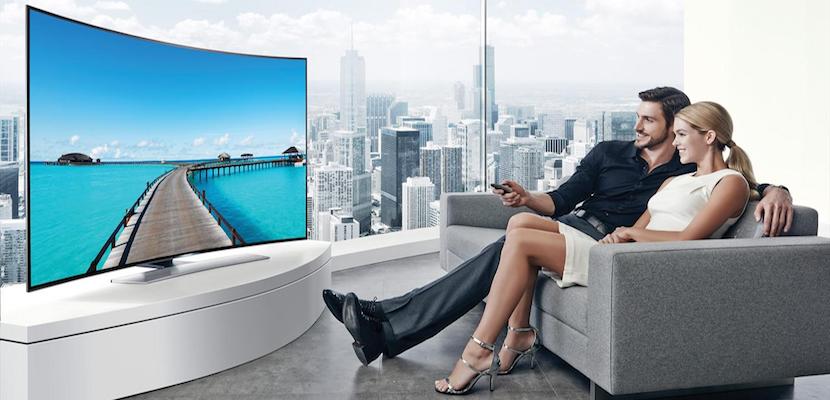
Curved screen televisions will attract our attention as soon as we are in front of one of them. In theory, the experience is much better; the degree of immersion in the content is greater since the distance between our eyes and the device is always the same at each point, of course, if we stay in relation to the center of the television. at each point of the panel. And that is precisely where one of its weak points lies: if we are facing one side of the screen, the image quality will no longer be the same and this, friends, is usual, unless we always watch TV alone.
On the other hand, reflections are greater than on a flat screen, especially when the light comes from one of the sides.
Therefore, Before choosing a curved TV, you must take into account the distance at which you will see it, from where the light will reach it, and if you are going to see it alone or accompanied by more people.
3D?
I admit that I am not very fond of 3D, at least not the 3D that they try to sell us today. The content shortage quality, loss of sharpness in many cases, incompatibility between formats and, of course, some sometimes exaggerated pricesEven more so taking into account the above, they allow me to directly recommend that you DO NOT go for a 3D TV because in fact, even its future is in question at the moment.
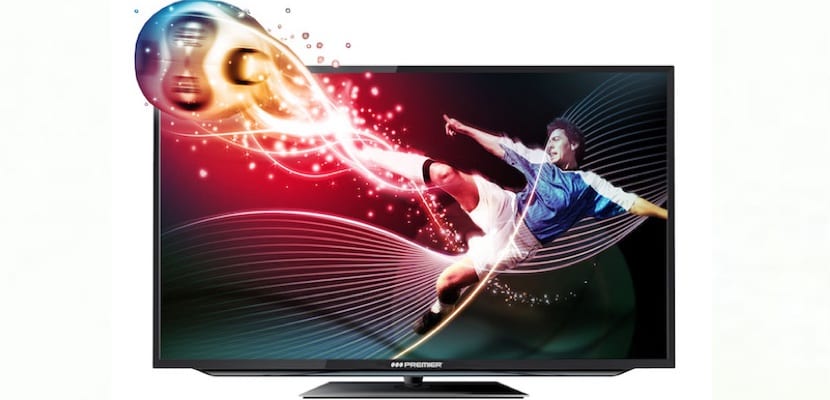
Smart TV platform
Nor am I very fond of televisions with an integrated Smart TV platform because, although there have been advances, they still sin in a certain way. slowness, reboots, apps that take a lifetime to load, unexpected closings, incompatibilities and functions that, in the end, tend to disappoint. My advice is that you buy a "non-smart" TV and accompany it with an Apple TV or a Chromecast or something similar, depending on your tastes and needs.
Still, today, the main platforms are FireFox OS, webOS, Tizen and of course, Android TV.
The key lies in how this Smart TV platform is implemented on your television and, obviously, the hardware that drives it. However, think about one thing: you will use your new television for at least five or ten years so, whichever platform you choose, it will leave you hanging and no updates compatible before you need to buy a new TV.
Audio
And so we come to the last of the aspects to take into account when buying a new television; Last but not last in importance since audio is as important as video to fully enjoy a good movie.
With the progressive thinning of the panels, also the size of the speakers has been reduced (from 4, 5 or more inches to 2,5 or 3 inches of current stop). The result is obvious: the sound is poor, and lacking bass, the audio is distorted when we turn up the sound. And although a server is not of fine ear, it shows.
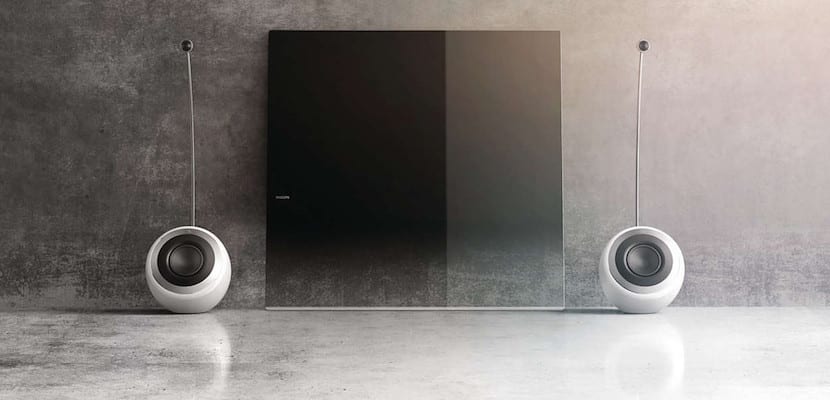
Consequently, the best solution to this widespread problem is that let's reserve part of our budget to purchase a sound system, sound tower, sound bar, and even a wireless system via WiFi or bluetooth. There are many, many options and of very good quality. And to make sure you do not have problems, we return to talking about connections and we recommend that you make sure that your new TV has an optical audio output, analog RCA and an HDMI ARC, so you will have even more options to choose from.
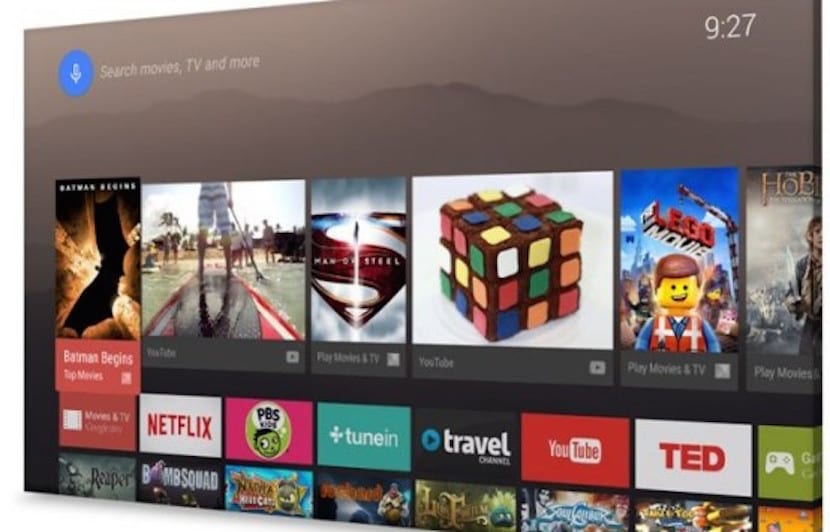
I am very fond of the audio visual subject, I have a Samsung 4k television and a high definition projector, I have to say that the best is a good projector but connected to the computer with a good graphics card in this case the screen is 80 inches, From the experience of many years, the best vision is by placing the television or screen in a corner over 180 degrees, but ATTENTION, the best way of vision is by putting a light or lights behind the tv or projector, blue-white, it is the best way to the brain and eyes are adapted and a floor lamp more or less where we are sitting with warm light, that if you do not have to see the lamps, do the test.
Very good advice! And very hard. It will have to be put to the test. Let's see if any extra advice from readers falls and we are completing the post. All the best!
Very good advice, thanks for the article.
How is it possible that at the end of 2017 there are still no Oled televisions smaller than 55 inches?
Anyway…
Thanks to you for visiting our blog. Hopefully these tips are helpful. A greeting!